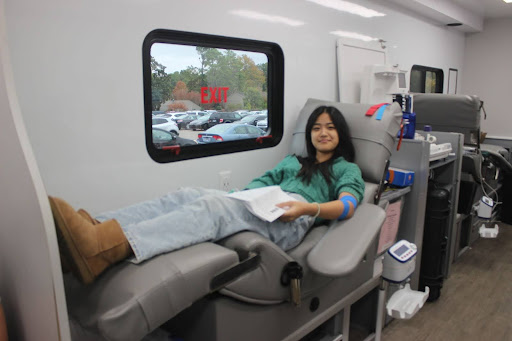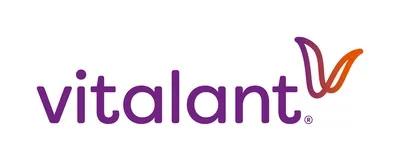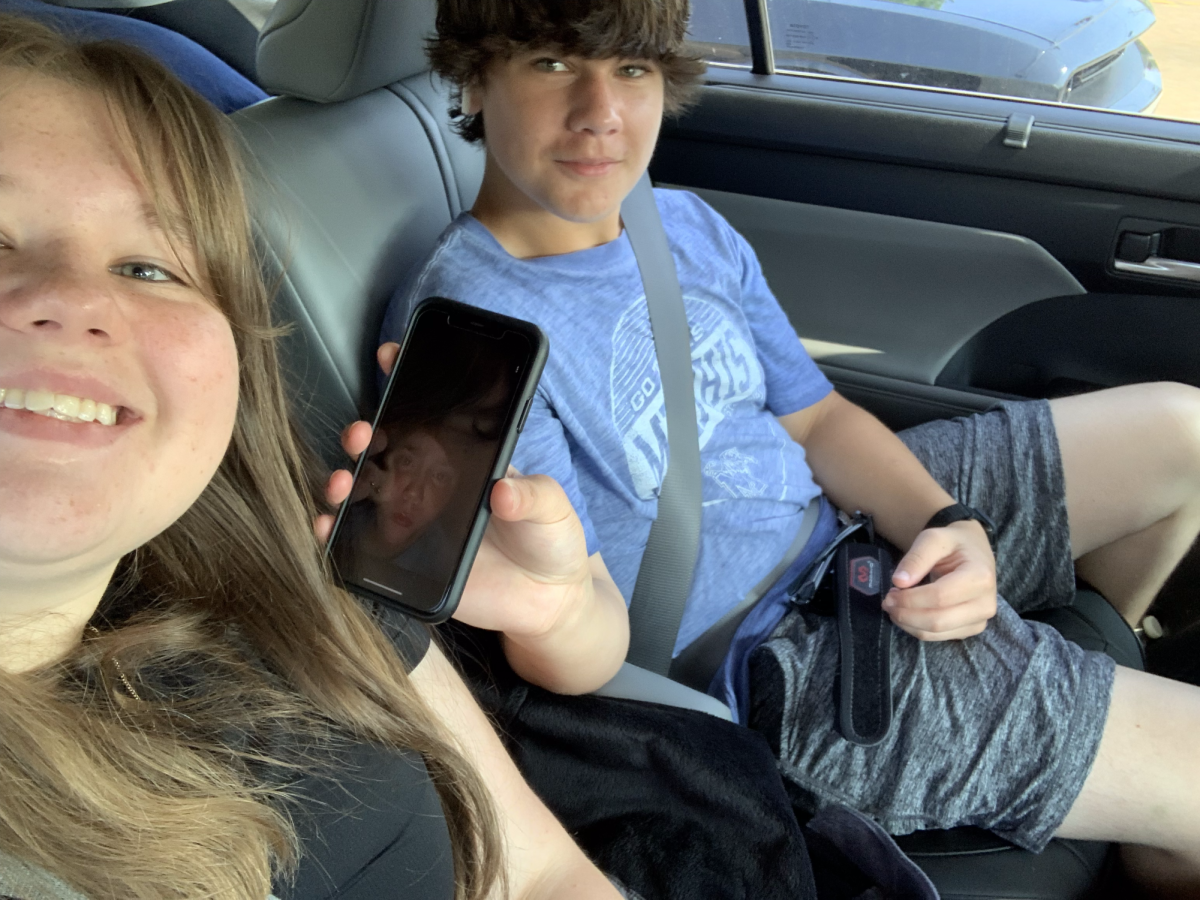
Due to privacy concerns, one source will be attributed as Source A.
A prick in the arm, the feeling of blood being drained — and three lives saved. Approximately 6.8 million people in the United States (U.S.) go through this process per year, with a total of 13.6 million units of whole blood and red blood cells collected. However, this immense amount of blood is still not enough — the U.S. has been going through a blood crisis for the past 5-6 years. This crisis is only growing, making donating blood even more important than ever.
“We are in a very big blood crisis,” Navya Naik (11) said. “There’s not a big enough blood supply to accommodate everyone’s needs. Some people are getting blood, other people need to wait longer for their blood and there are different blood types so you have to make sure everyone [gets] the blood type that will help their body.”
White Station holds a blood drive twice a year through the blood donation nonprofit Vitalant, which comes around during the fall and spring. Founded in 1943, Vitalant is the nation’s largest independent, nonprofit blood donation and transfusion company. The Commissioners of Welfare are a part of White Station’s E-board and are typically the ones to set up the blood drive at White Station.

“I had to book the day for the blood drive all the way back in summer break,” Navya Naik (11), one Commissioner of Welfare, said. “That’s how long this planning has been happening for. I also had to get it approved with Mrs. Holland.”
In order to donate blood, there are many requirements that an individual must meet. Some of these requirements include being a sufficient height and weight, as well as eating enough filling food and drinking enough fluids beforehand. Furthermore, blood drive staff often have to take extra caution when people who have certain conditions, like HIV/AIDS, donate. Height and weight are taken into account when donating as, if one is under certain height/weight thresholds, they may have a greater chance of passing out when donating. For women, the weight requirement varies by height; for men, there is a standard height/age threshold.
“You need to meet the weight requirement because they take a pint of blood when you do whole blood donation; [if you meet the weight threshold], you won’t be disturbed by the loss of blood,” Source A said.
Drinking enough liquids before donating is another important prerequisite to donate. One’s blood has certain hydrating components that, when removed from the body during a donation, can easily result in the body becoming rapidly dehydrated. Donation staff thus require that all donors drink plenty of fluids beforehand, whether it be water or other hydrating drinks.
“To help prevent the aftereffects of fainting and feeling weak, [the staff] have you drink fluids and eat beforehand,” Source A said.
Most food recommendations from blood donation organizations focus on iron content, as iron is a key component of red blood cells. Maintaining a diet rich in iron can help one recover quicker from a blood donation, as one’s body can more easily remake the donated blood cells. The best type of iron for this purpose — heme iron — is primarily found in animal products like meats, fish and eggs. However, one may get iron through non-animal means as well, such as in beans, cereals, fruits and vegetables.
“Make sure you eat because when you are losing blood, you do feel very weak because your blood is what energizes you,” Naik said. “The more you eat, the more energy [you’ll have]. It’s a way to stop you from feeling drained.”
When signing up for a blood drive, the donation staff is required to ask participants if they currently have certain sexually transmitted diseases (STDs) or have contracted them in the past. One way that STDs infect people is through blood; therefore, people with STDs are often not eligible to donate blood. In the uncommon cases where those who have had these diseases are eligible to donate, blood donation organizations must take extra precautions in the donation process. Even though transmission of STDs via transfusions is quite rare, any patient receiving infected blood could have disastrous consequences.
“HIV is a sexually transmitted disease,” Naik said. “One way it spreads is through blood contact, so if you use unused needles and [your blood] contaminates it, and if the needle isn’t cleaned, [another person] has a bigger risk of developing HIV.”
Though the abundance of prerequisites to donate may seem excessive, every donation is critical to the donation process. While the focus of blood donation is to benefit patients who require transfusion all over the country, the donor’s health is also a priority. The donation staff understands the importance of continued, healthy donation, which starts with the donors themselves. Vitalant will be back for another round of blood donation in the spring, and they, alongside many donors and patients, encourage everybody eligible to donate.



























